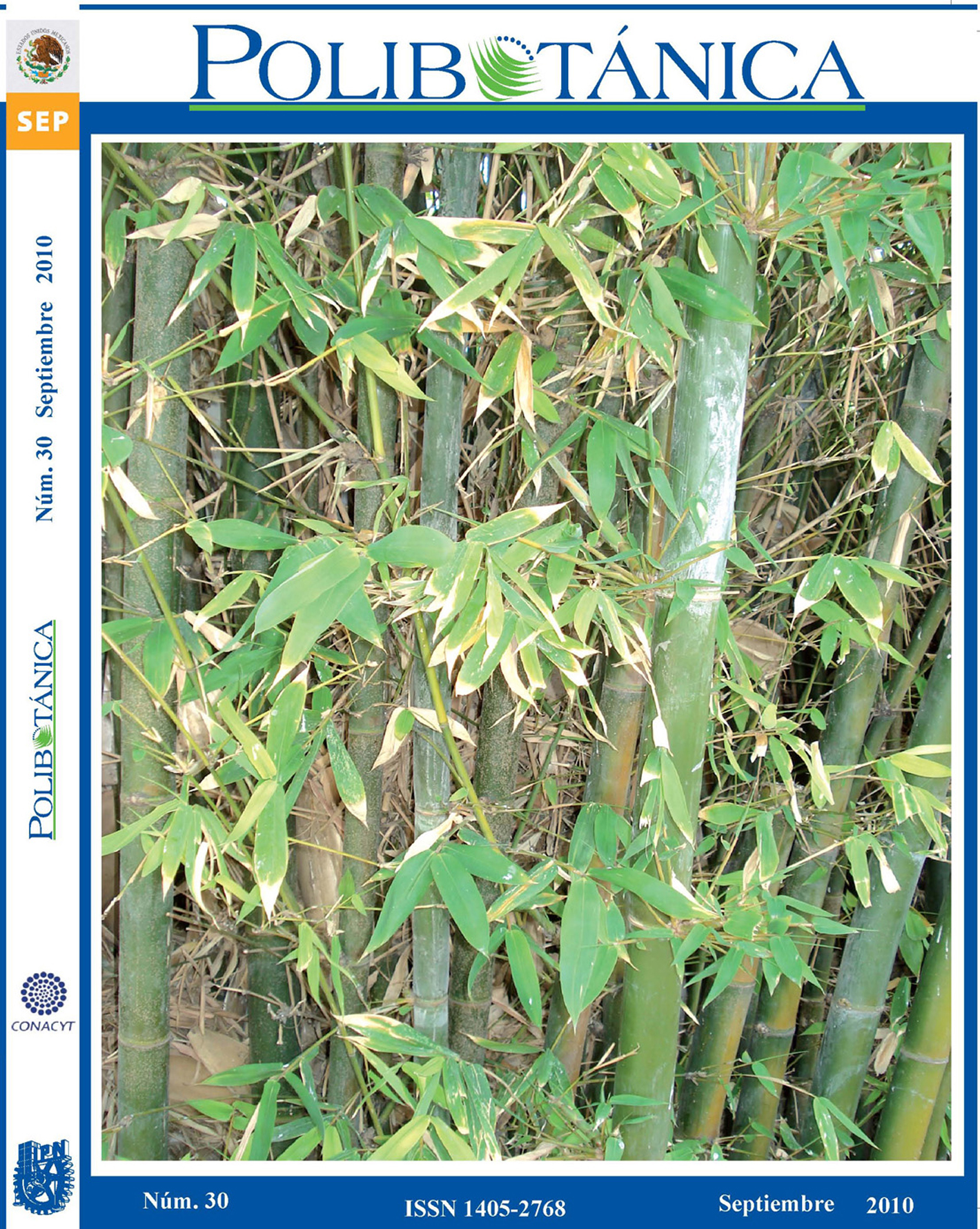LA DOMESTICACIÓN DE PLANTAS EN MÉXICO: COMPARACIÓN DE LA FORMA CULTIVADA Y SILVESTRE DE BYRSONIMA CRASSIFOLIA (MALPIGHIACEAE)
Abstract
Domesticated plants show characteristics
known as domestication syndrome, which
enables better utilization of the plants by
humans. Plant domestication has been studied mainly in herbaceous annuals. In this
work, samples of Byrsonima crassifolia
trees–changunga, the wild form, and nanche,
the cultivated form–were taken from the
region of Uruapan, Mexico. The objective of
this work was to identify genetic differences
by AFLP molecular markers between these
two forms. Analysis showed that both wild
and cultivated forms of B. crassifolia are
genetically very close to each other. Fruit
characteristics of human-interest were compared, and some differences were found
between the two forms, e.g., in pH, sweetness, mineral content and size. The AFLP
analysis groups together the two forms of
the tree with a high degree of similarity.
The fruits are distinguished phenotypically
from one another, but not at the molecular
level. Selection pressure to supply the
market may threaten the diversity present in
these populations of plants, which could be
a model for the screening of genes involved
in traits such as sweetness and fruit size in
addition to the process of domestication
itself. It is recommended that collections be
made for germoplasm gene banks and also
that in situ conservation be promoted.
Downloads
Published
Issue
Section
License

Polibotánica by Departamento de Botánica de la Escuela Nacional de Ciencias Biológicas del Instituto Politécnico Nacional se distribuye bajo una Licencia Creative Commons Atribución-NoComercial-CompartirIgual 4.0 Internacional.




















